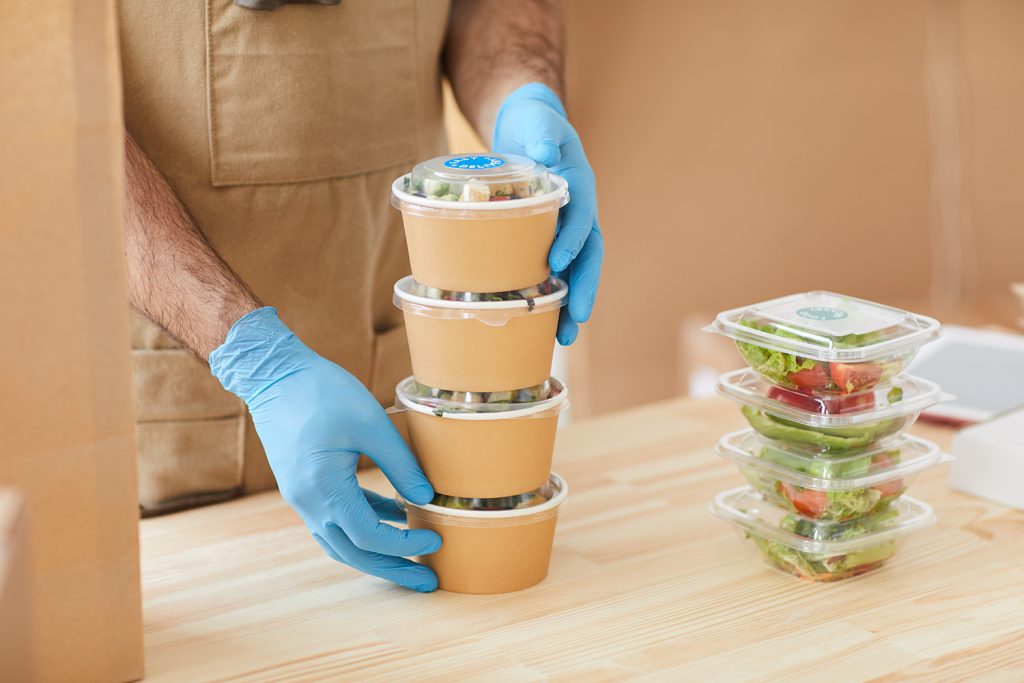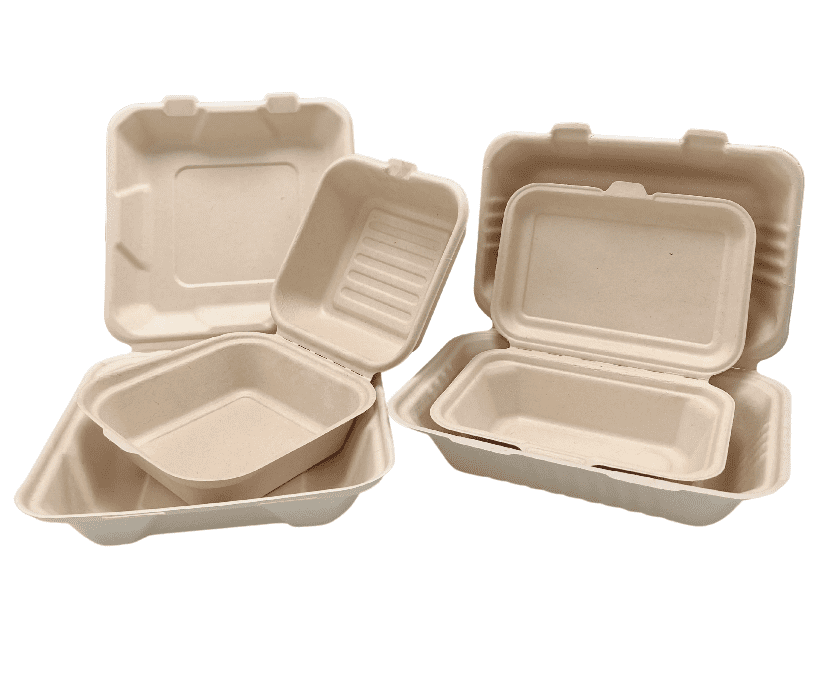Bagasse, commonly referred to as sugarcane fiber, is the fibrous material left over after the juice is extracted from sugarcane. Each year, around 1.8 billion tons of sugarcane are harvested globally, with approximately 30% converted into sugar products. The remaining 70% is often deemed waste, but bagasse packaging offers an innovative solution, transforming this agricultural by-product into a valuable resource. This not only helps reduce waste but also supports farmers by providing an economic incentive for what would otherwise be discarded.

The process of converting raw sugarcane into sustainable products is surprisingly straightforward. Initially, the juice is extracted from the stalks of the sugarcane, and the remaining fibrous residue is collected. After the juice is evaporated to produce raw sugar, the leftover fiber is dried and then pressed into boards. These boards can be molded into various products, such as soup noodle rice food bagasse bowls, fully disposable high-end containers, and even biodegradable disposable cups and plates, showcasing the versatility of bagasse as a resource.
Every year, about 20 million trees are felled to produce paper cups, many of which are coated with polyethylene—a material that takes over 20 years to decompose in landfills. In contrast, bagasse presents a sustainable alternative to tree-based paper products.
When evaluating bagasse against other materials such as paper, Styrofoam, and petroleum-based plastics, the advantages become clear:
Bagasse is a powerful example of how agricultural waste can be effectively repurposed into sustainable products, such as sugarcane plates offered by companies specializing in this material. The sugarcane plates price is often competitive with traditional options, making it an attractive choice for eco-conscious consumers. Ultimately, bagasse contributes significantly to a greener planet by providing a variety of biodegradable disposable cups and plates that support sustainability and environmental responsibility.
